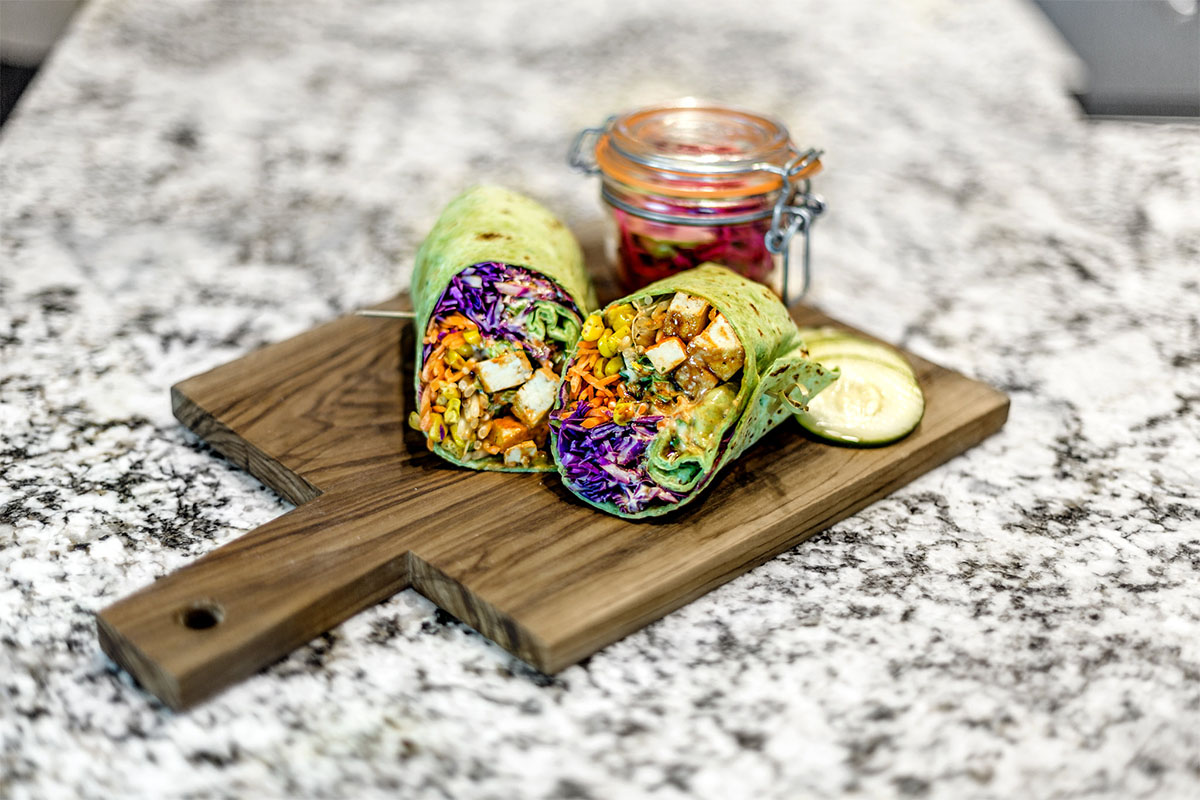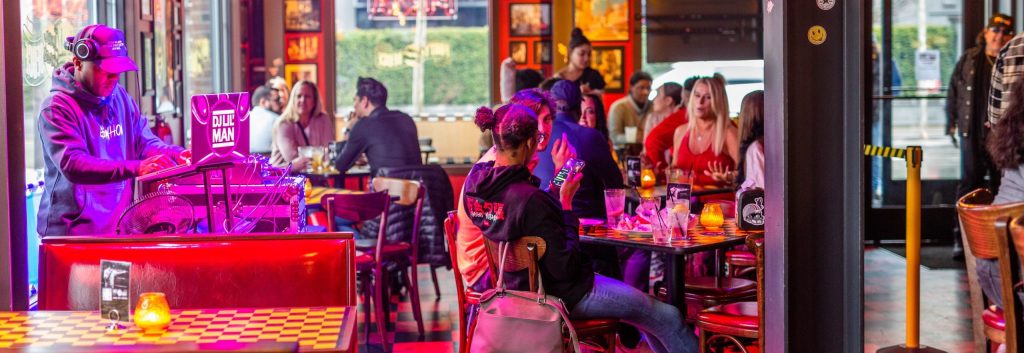By Yaromir Steiner
The COVID-19 pandemic has either altered or sped up the course of the restaurant industry forever. It’s no secret that the pandemic hit full-service restaurants the hardest, with the majority struggling to adapt to extended periods of dining room closure, enhanced safety precautions, and new staffing struggles. In order to overcome these troubles, restaurants who managed to stay open were forced to pivot to delivery- and takeout-only for the first time.
While most states have since lifted restrictions on indoor dining, fast-food establishments remain the only restaurant segment returning to pre-pandemic sales—most likely due to lingering consumer fears over the virus’ continually pervasive spread. This has caused restaurateurs to get creative as they adapt to a new era of takeout food.
All-In On Carryout
As more full-service restaurants are reopening and adapting to new challenges of operation, the takeout function is shaping up to be more complicated than simply handing the customer food in a polystyrene container—instead, the industry is integrating unique ways of conveniently providing restaurant-quality feasts at home.
At Easton, one of our most upscale full-service restaurants is a steakhouse called Smith & Wollensky. Amidst the crisis, they have evolved to offer professionally prepared dinner and grilling packages, all cold-packed, beautifully presented and ready to serve at home. While a small amount of kitchen preparation may be required on the part of the customer, S&W takes care of all the details and ingredients to bring the restaurant experience to the comfort of their own home.
Indeed, one of the biggest trends for restaurants is offering special carryout-only offers and menus that simply can’t be found on the dine-in menu. This allows for perfectly sized and packaged options that make the takeout process organized, easier and more convenient to enjoy. It also ensures that restaurants more accurately stay within their already-tight margins.
Government regulations have also shifted around the sale of take-out alcohol to provide another way for restaurants to earn money. Consumers now have the unique ability to to add a bottle of wine to their takeout dinner, or bring home a full cocktail tasting experience complete with homemade liquor, mixers and garnishes.
The Rise of Sustainability
Aside from the quality and presentation of the food itself, customers are also choosing which restaurant to take out from based on their level of sustainability. Some of the world’s biggest food brands, like McDonalds, have announced a commitment to sourcing 100% of customer packaging from renewable, recycled or certified sources in the next five years.
Restaurants of all sizes have increasingly shifted to using sustainable packaging—as well as packaging that’s designed to hold more food and condiments—since the pandemic. While these initiatives ultimately do a ton of good for the environment, the positive optics and attention brands receive from making such a move has shown to spark business in a competitive industry landscape.
Indoor dining may have returned, but the proliferation of takeout is here to stay, and will only evolve from here. It’s up to the restaurant industry—especially full-service establishments—to adapt to this new normal sooner, rather than later.






